From beginning to end, the director creates a climate of violence and cruelty, sometimes creating atmospheres reminiscent of the cinema – Gilda’s abduction, a ballet of torchlights, the storm in the last act. An inventive and coherent production, impeccably paced, supported by a tense direction of the actors, in keeping with the tragedy.
Didier Van Moere, Diapason
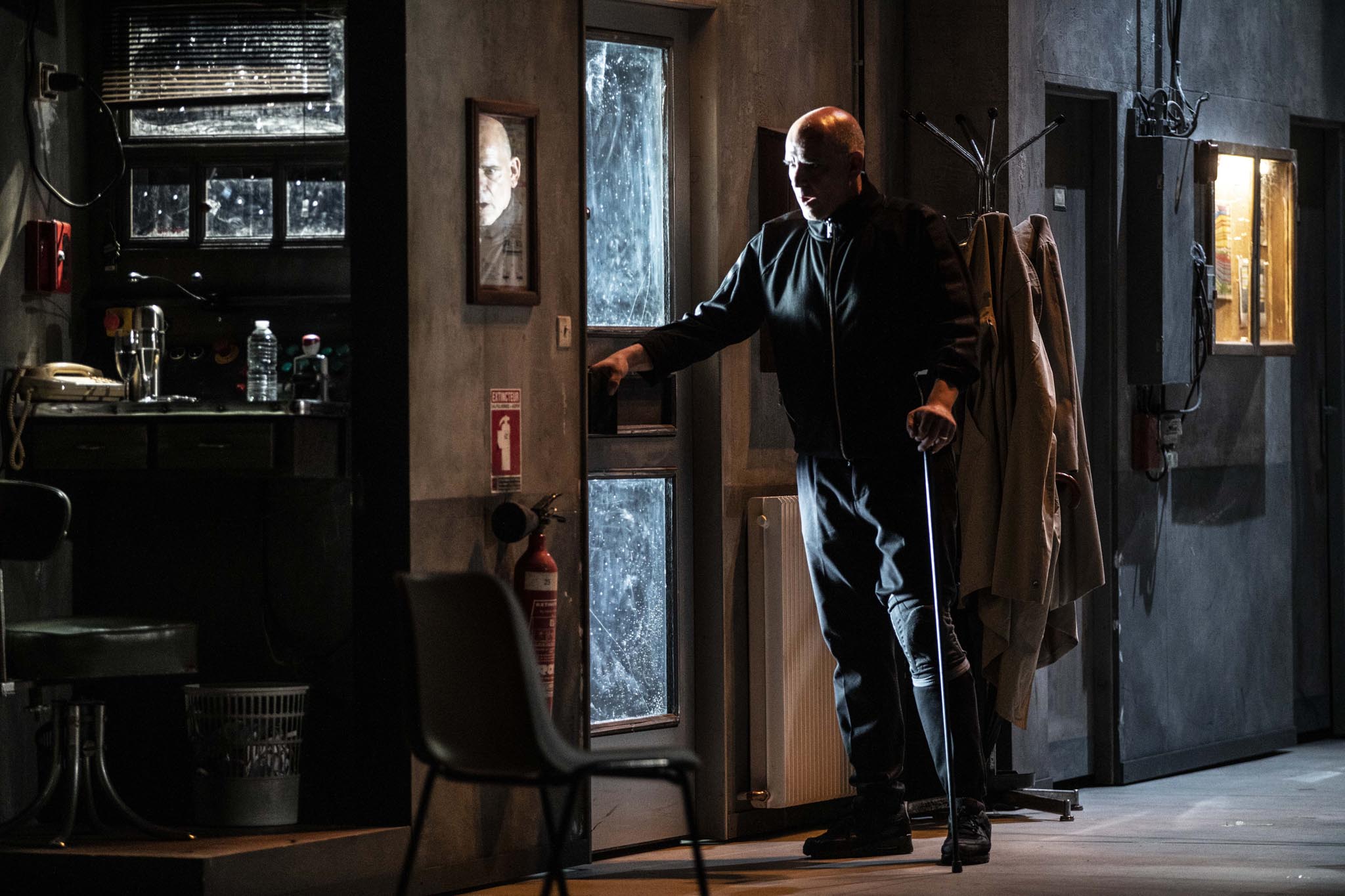
What a shock ! One has rarely heard a Rigoletto sung with such an ideal cast, even in the smallest supporting roles. The audience was not mistaken in giving a warm ovation to the whole artistic team, with numerous encores at the end of the performance.
Florent Coudeyrat, classiquenews.com
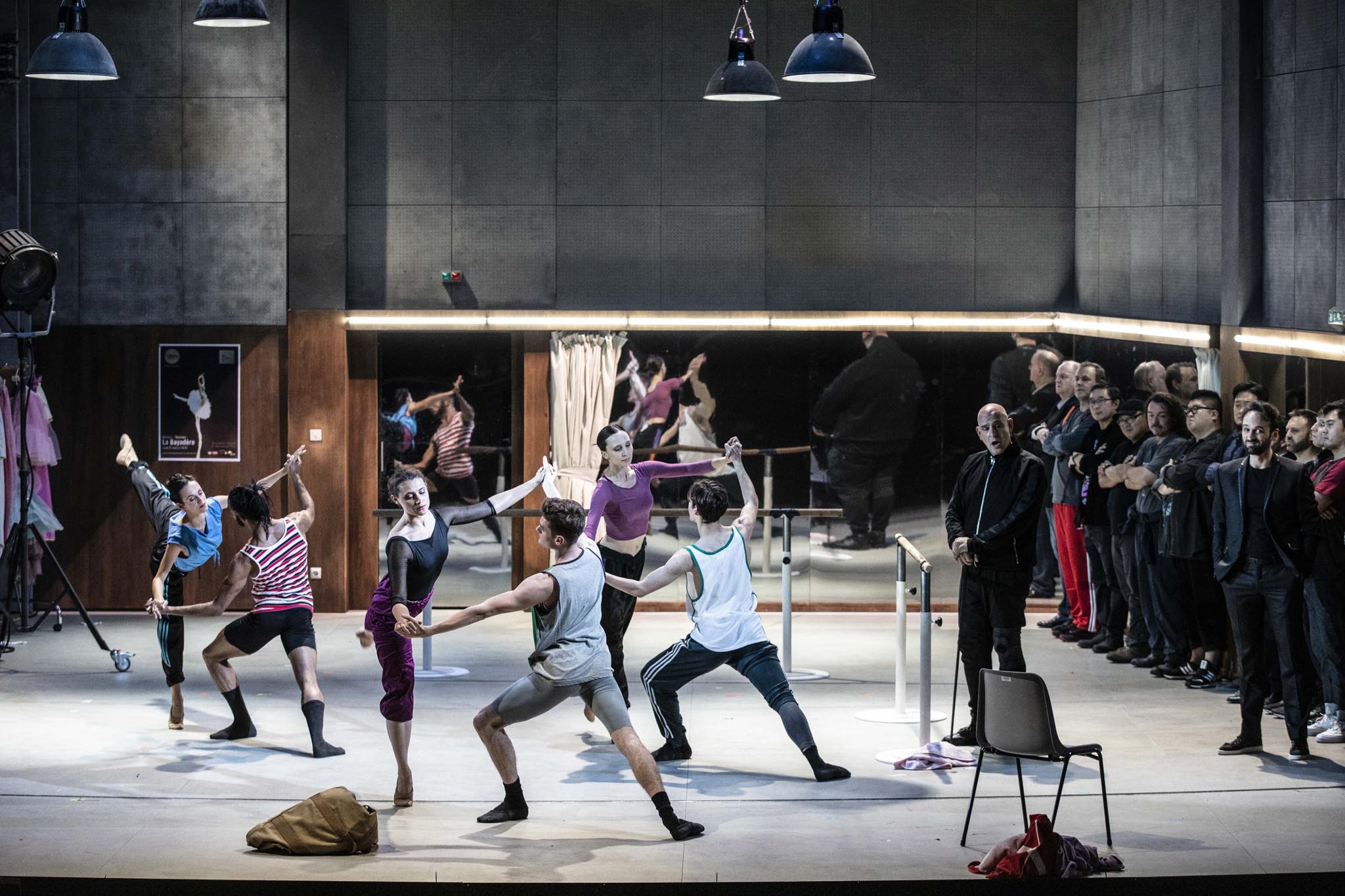
Richard Brunel moves the violence of this Hugolian drama backstage in a ballet performance. The parallel that can be drawn between the rigid hierarchy of a princely court and that of a corps de ballet is particularly relevant: the jealousies and intrigues are the same, and that is what makes this show particularly intelligent.
Nicolas le Clerre, Premiere loge
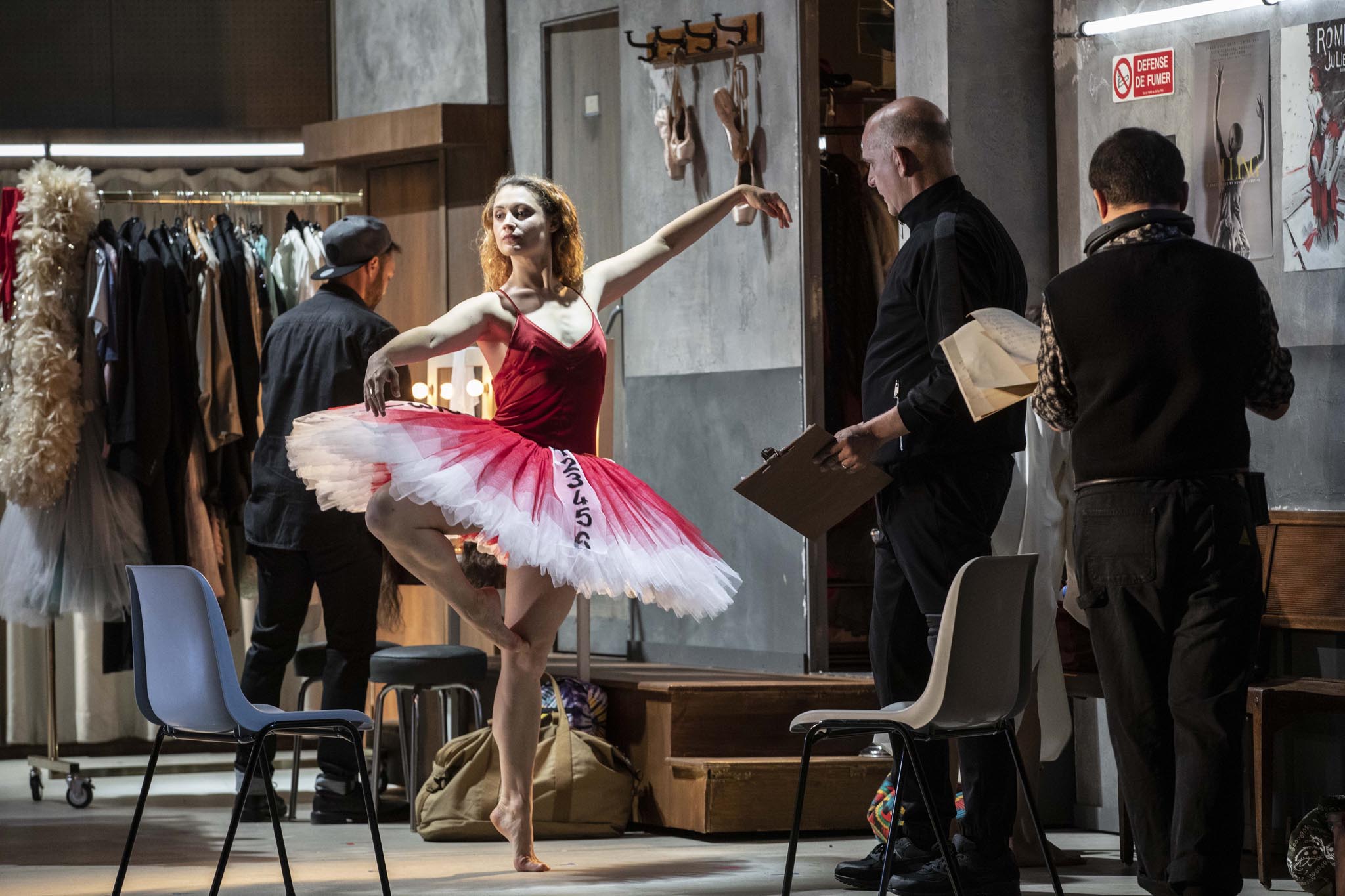
This putting into abyme gives a lot of life to the whole, while allowing us to revel in the splendid scenography, well varied by the lighting and the changes of scenery on sight. But the most striking idea is to give primacy to the dance, by making the Duke of Mantua a ballet master and adding the role of Gilda’s mother entrusted to prima ballerina Agnès Letestu.
Florent Coudeyrat, classiquenews.com
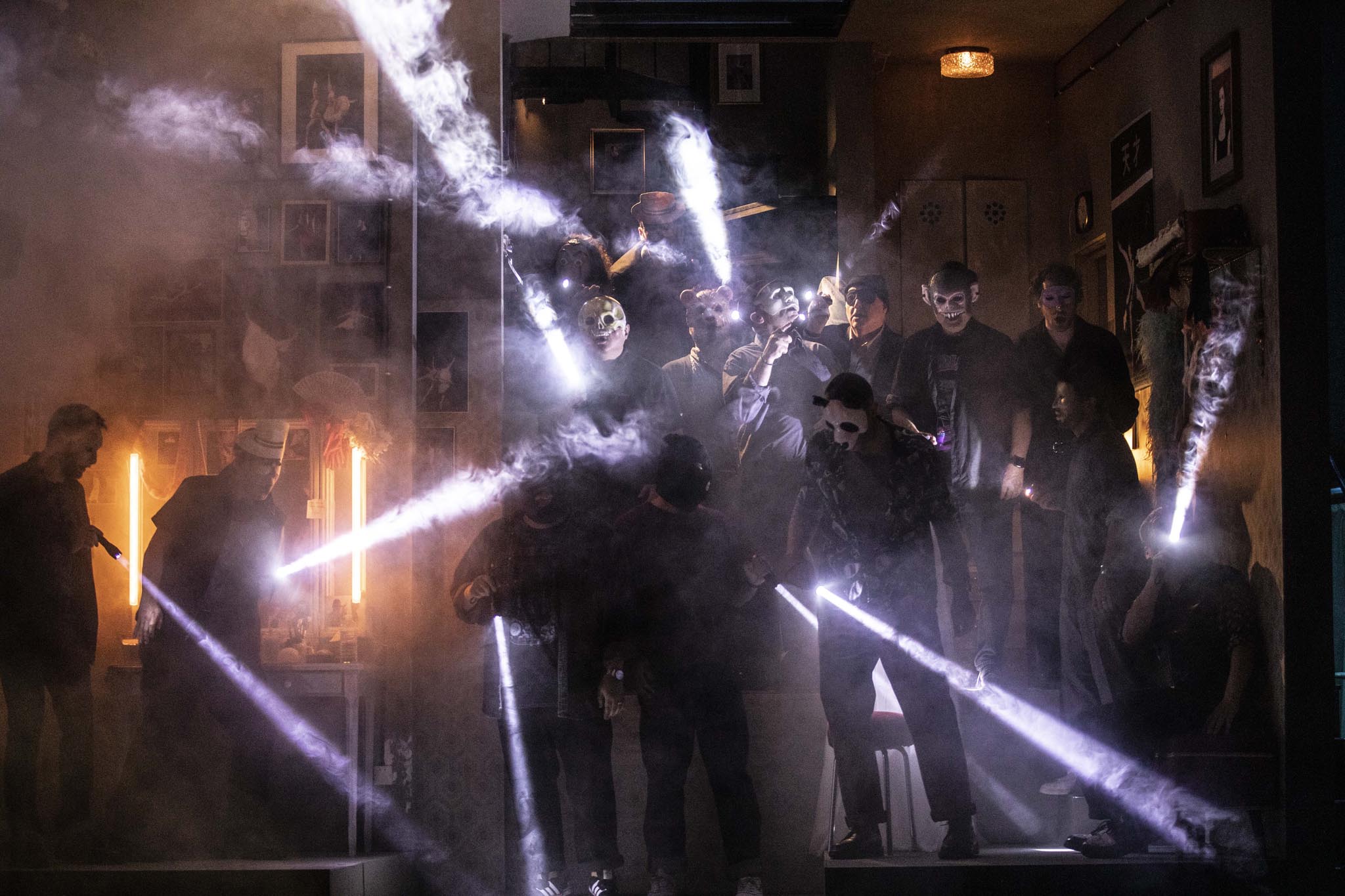
Unlike many transpositions that are pretexts for provocative readings, with the added message of the director, one comes away moved, delighted and dazzled by Richard Brunel’s proposal.
Yvan Beuvard – Forumopera
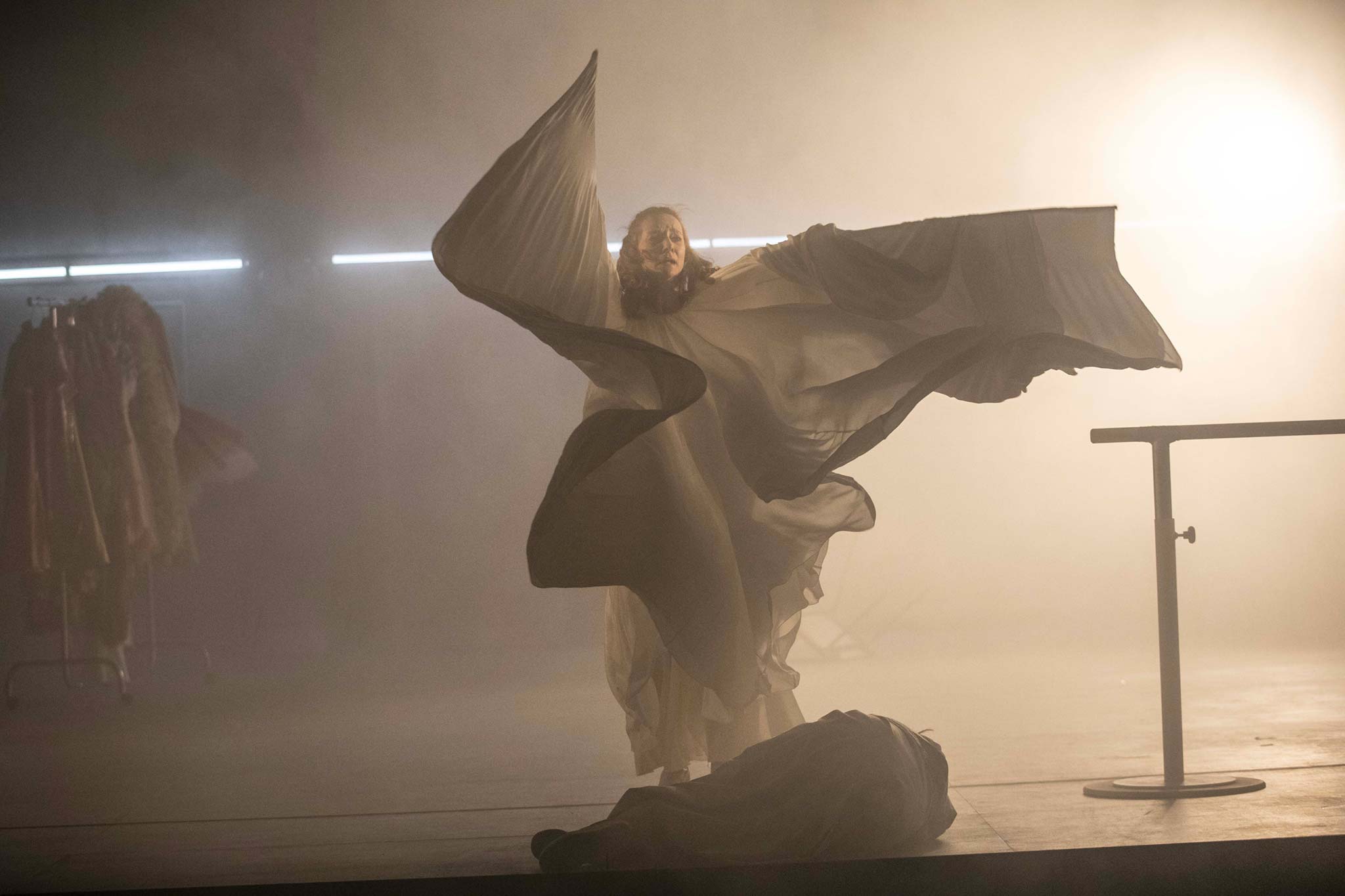
An original, masterful production, to be discovered at all costs, first in Nancy, with this irreproachable cast, then in Rouen, Toulon and Luxembourg.
Yvan Beuvard – Forumopera
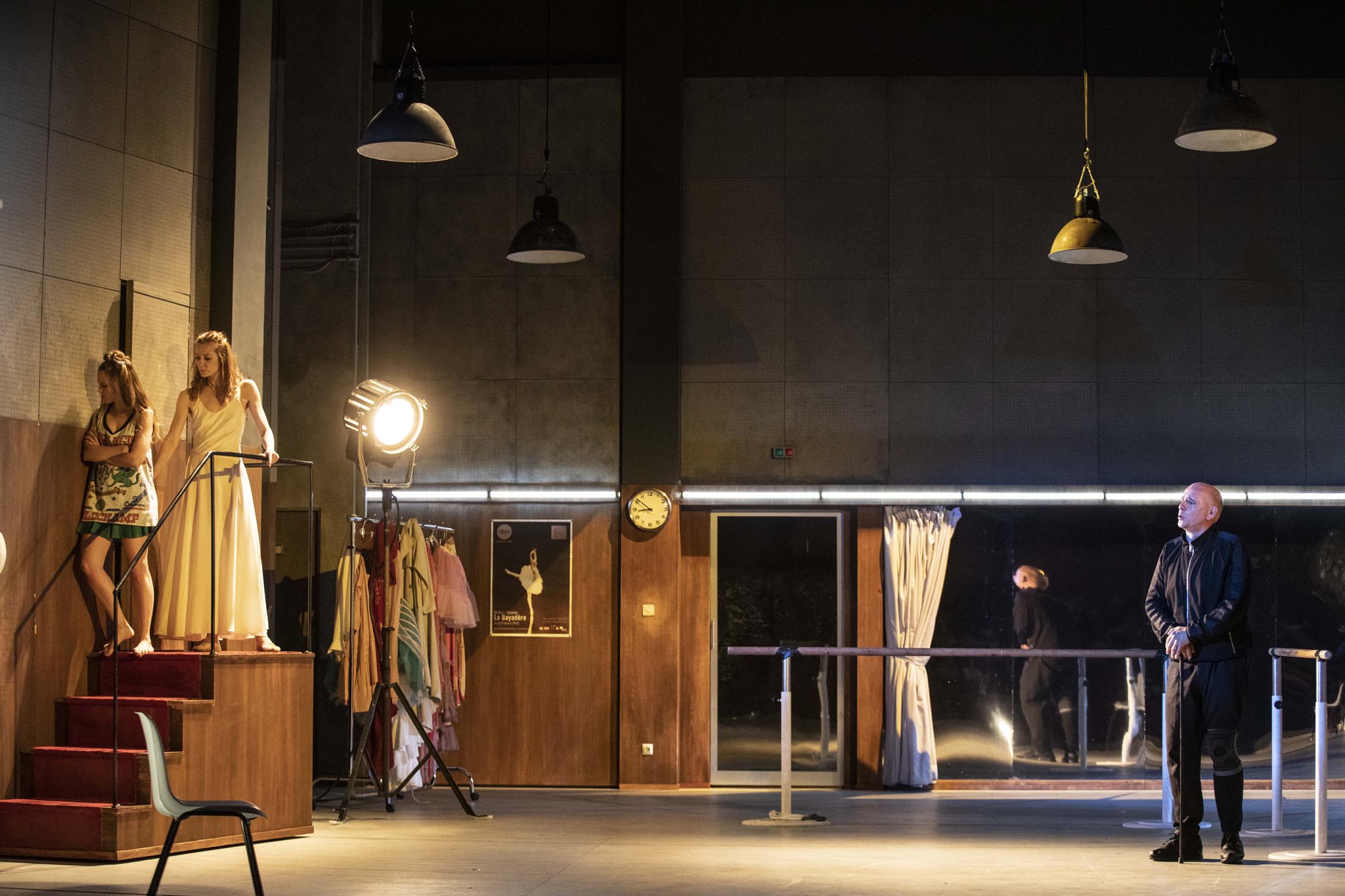
The staging thus sheds light on certain shadowy areas of the libretto and the score, such as the origin of Rigoletto’s hatred for the Duke. The clever set design by Etienne Pluss presents different facets of the backstage, in the literal sense of the term.
Pierre Degott, Olyrix
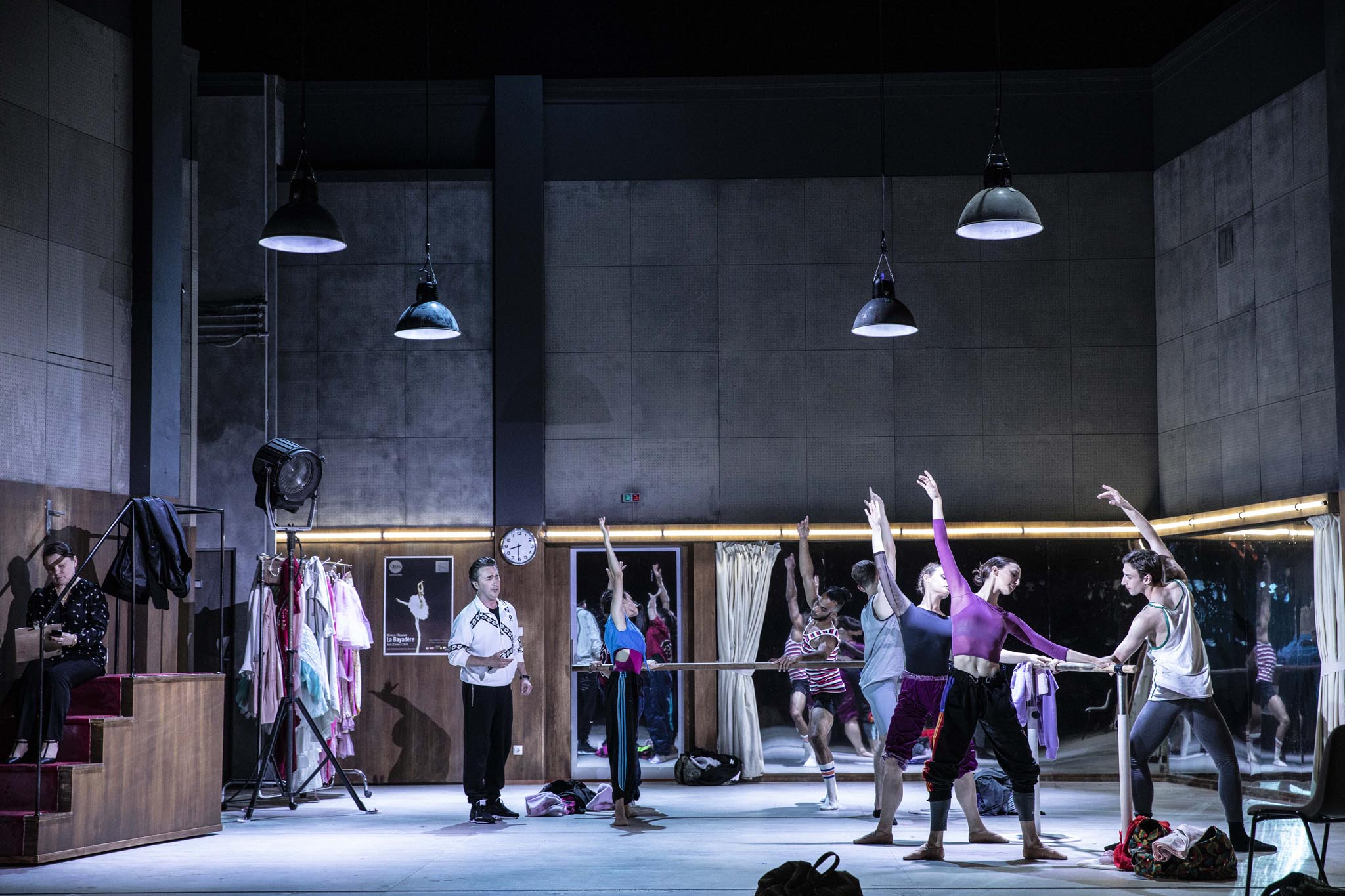
The appearances of the Paris Opera’s star dancer Agnès Letestu, during the opening bars and the moments of intimacy between Rigoletto and his daughter, are among the highlights of the staging.
Pierre Degott, Olyrix
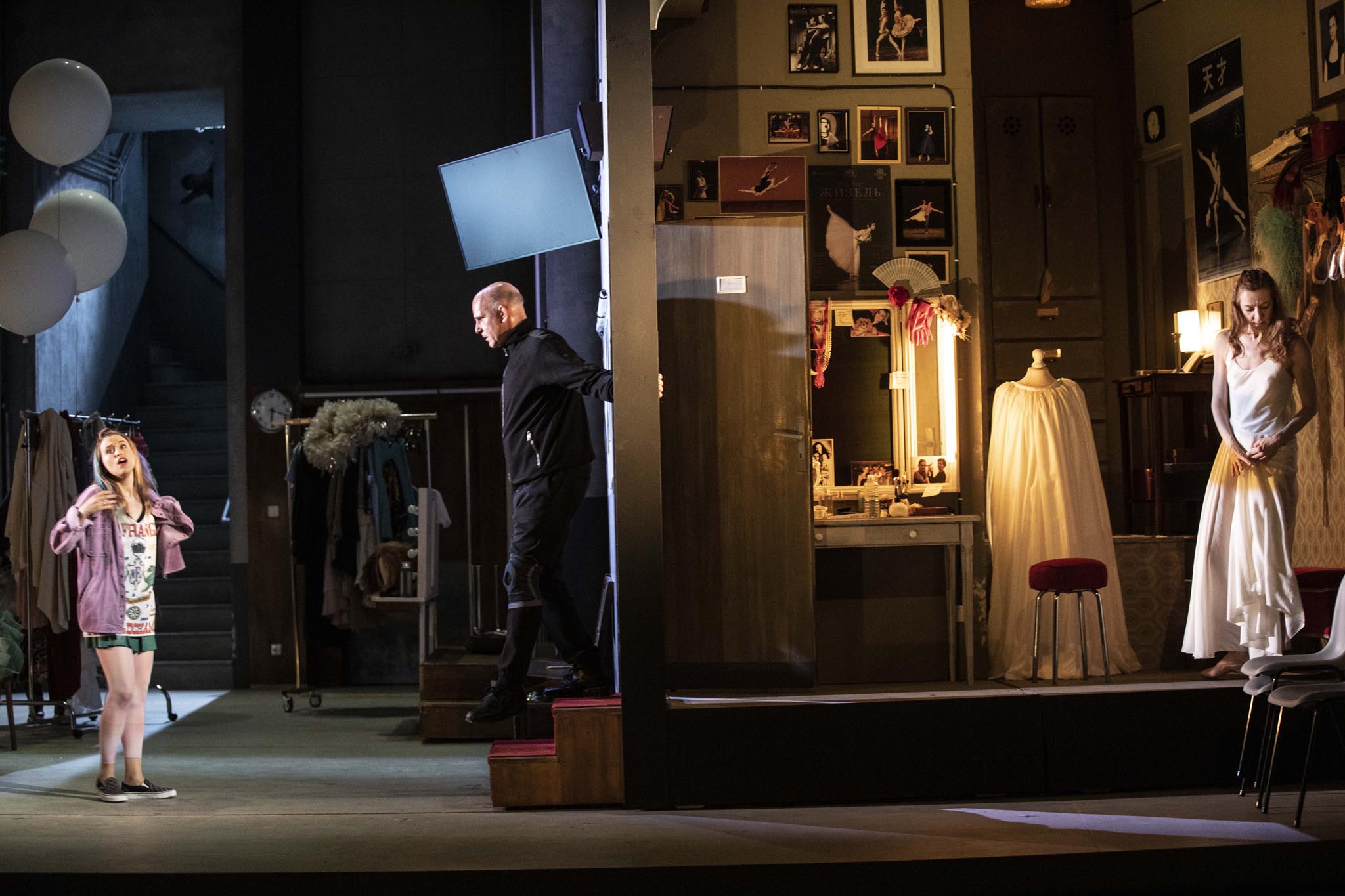
Rigoletto
Giuseppe Verdi
Opera in three acts
Libretto by Francesco Maria Piave, based Victor Hugo’s play, Le Roi s’amuse
Music director Alexander Joel
Director Richard Brunel
Set designer Etienne Pluss
Costume designer Thibault Vancraenenbroeck
Lighting designer Laurent Castaingt
Dramaturg Catherine Ailloud Nicolas
Chorégraphie Maxime Thomas
Chef de chœur Guillaume Fauchère
Assistant director Alex Crestey
Assistant set design Clémence de Vergnette
Assistant costume Nathalie Pallandre
Cast
Alexey Tatarintsev
Juan Jesús Rodríguez
Rocío Pérez
Agnès Letestu (Danseuse étoile de l’Opéra de Paris)
Onay Köse
Francesca Ascioti
Pablo Lopez
Francesco Salvadori
Bo Zhao
Samuel Namotte
Aline Martin
Inna Jeskova
Jue Zhang
Ans dancers Adèle Borde, Eliot Chevalme, Gianni Illiaquer, Rémy Kouadio,
Olivia Lindon, Joséphine Meunier
Orchestra and Chorus Lorraine opera national
Produced by Opera national de Lorraine, coproduced by Opéra de Rouen Normandie, Opéra de Toulon, Théâtres de la Ville de Luxembourg